Tour England’s coastline through art
Embark on an outdoor art tour along England’s South East coast through our curated guide to the Waterfronts commissions
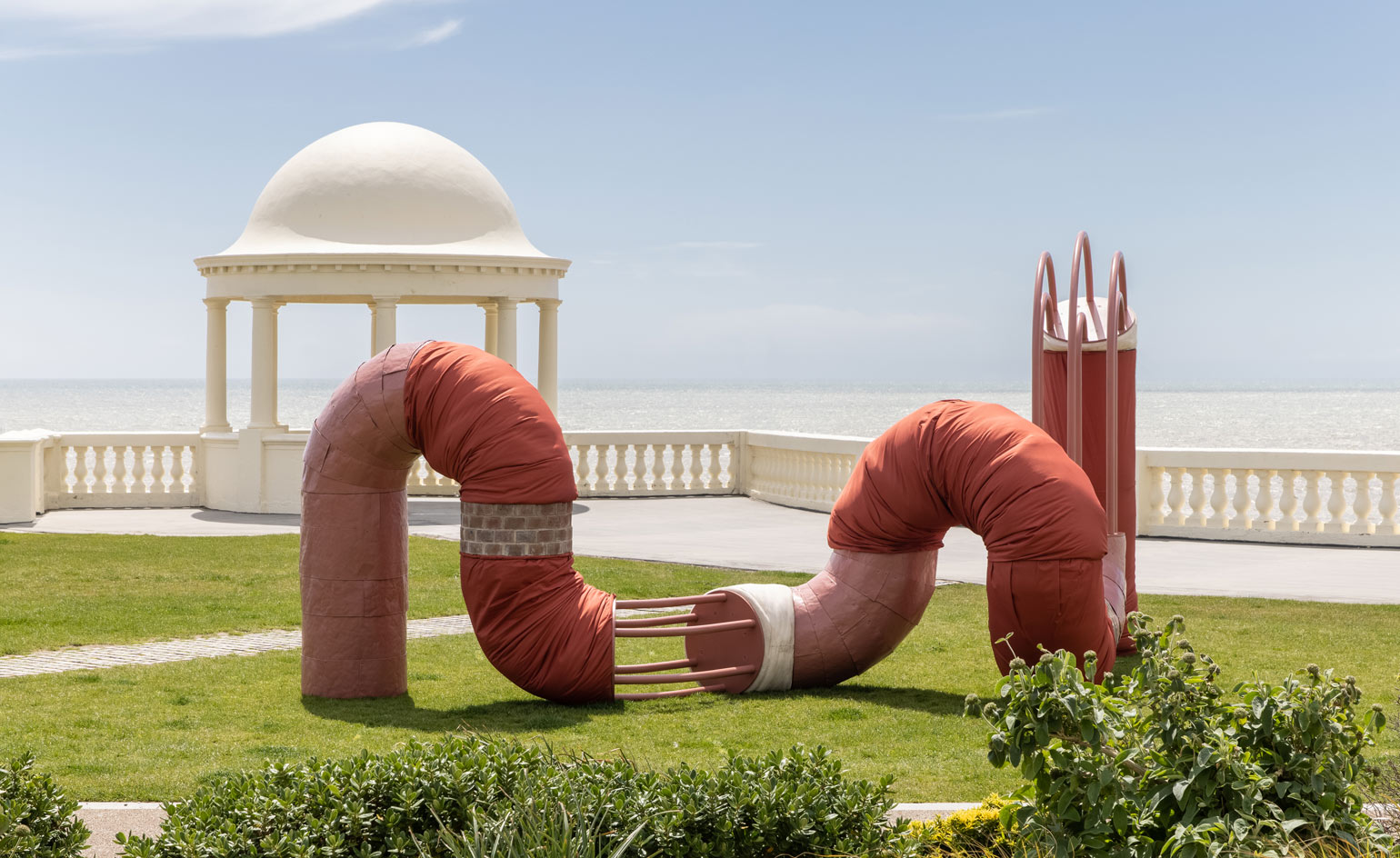
From Margate to Southend-on-Sea, the south east coastline of England is currently boasting an abundance of outdoor art installations to explore this summer. ‘Waterfronts’, launched by England’s Creative Coast is a landmark collaboration between seven arts organisations – Cement Fields, Creative Folkestone, De La Warr Pavilion, Hastings Contemporary, Metal, Towner Eastbourne and Turner Contemporary (which has recently had a minimalist revamp). Brought together by the Waterfronts commissions and the world’s first art GeoTour, the project invents a new outdoor cultural experience that connects art with the landscape and local stories with global perspectives.
With summer in full swing (and temperatures reaching new highs in the UK – grab your sunscreen), hop on our curated coastal tour.
Artist: Michael Rakowitz Location: Margate, Kent
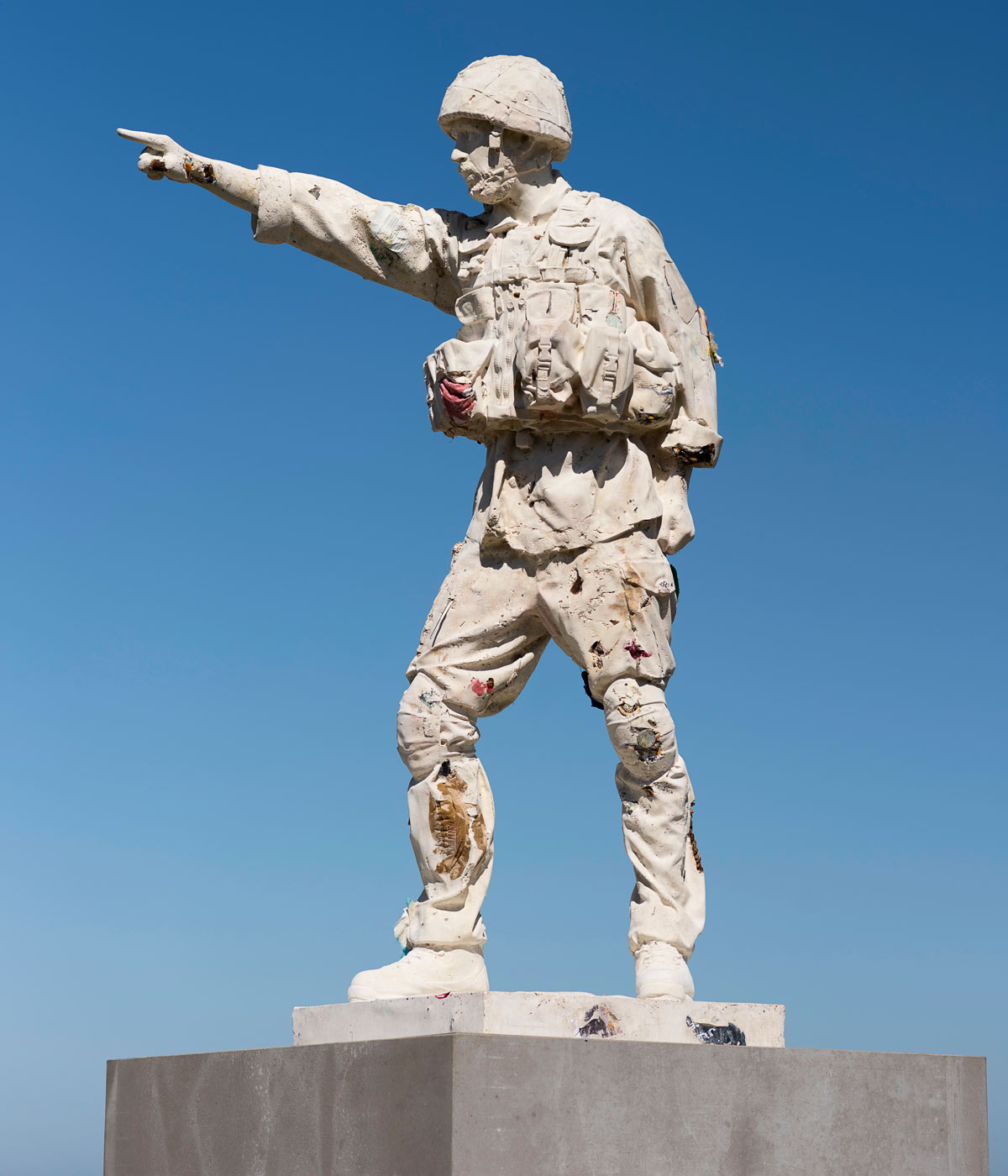
Michael Rakowitz, April is the cruellest month. A Waterfronts commission with Turner Contemporary for England’s Creative Coast. Photography: Thierry Bal
April is the cruellest month is a sculpture modelled by Iraqi-American artist Michael Rakowitz after Daniel Taylor, a young soldier who served with the Royal Artillery in Basra, Iraq, during the 2003 Iraq War. Formed from concrete, calcite, sand and earth from Bosra with chalk from Margate, the sculpture is embedded with fossil-like items that embody trauma: military medals and personal donations by Taylor, members of Veterans for Peace UK and residents of Margate. Standing in solidarity with the Iraqi people, Rakowitz – who contributed a ‘Basra Kiss’ recipe to our Artist’s Palate series – explains ‘The history of poets and rescuers looking out at the sea for inspiration and life has informed my project.’
Artist: Holly Hendry Location: Bexhill-on-Sea, East Sussex
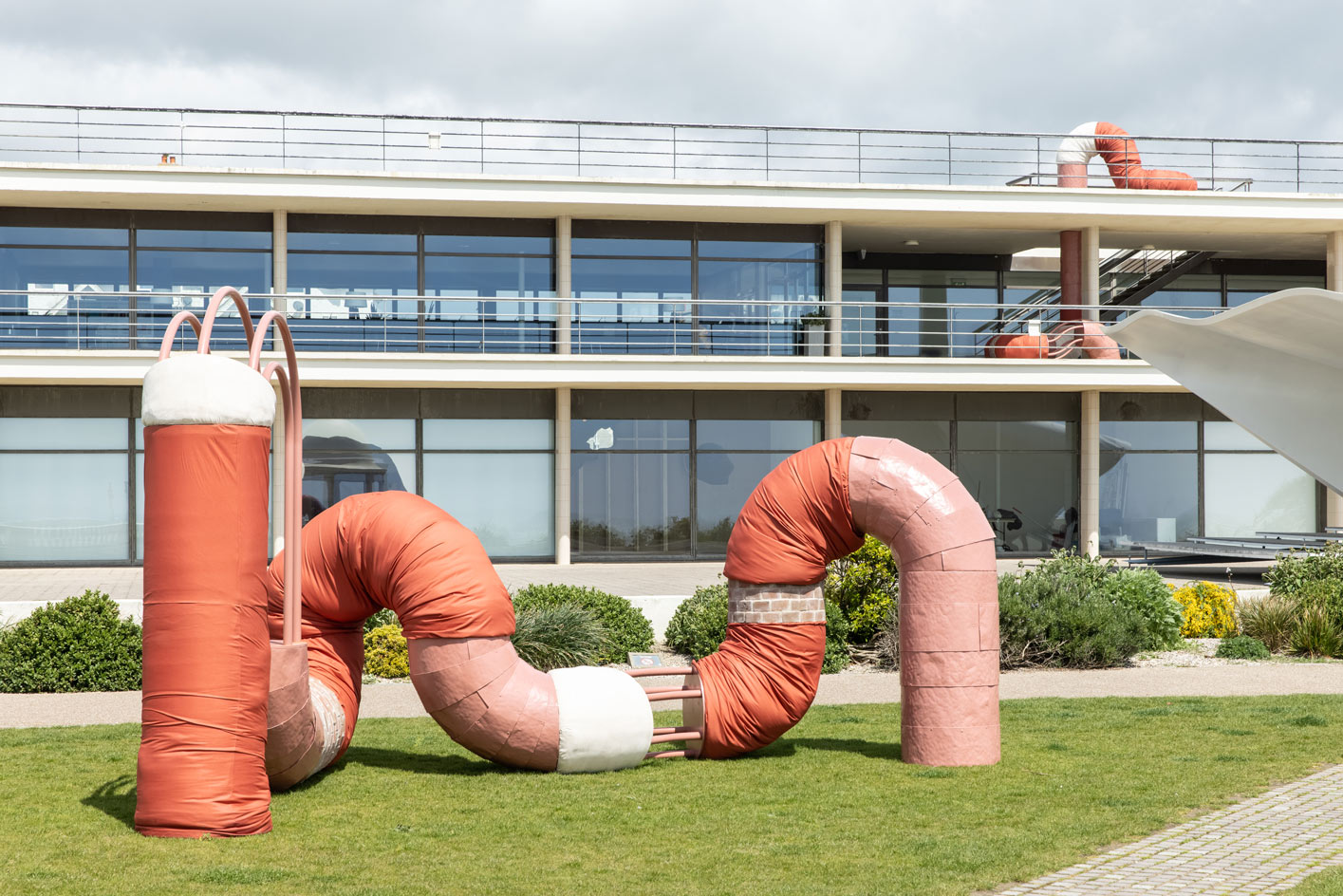
Holly Hendry, Invertebrate. A Waterfronts commission with the De La Warr Pavilion. Led by Turner Contemporary and Visit Kent, England's Creative Coast runs until 12 November 2021. Photography: Rob Harris
Holly Hendry’s sculptural commission Invertebrate made in partnership with the De La Warr Pavilion is a consideration of edges. ‘Edges seem to be definitive, a beginning or an end, a perimeter of sorts, and a line that highlights contested notions of ownership and free movement,’ said Hendry. Depicting a worm, Hendry’s work is a three-part sculpture that delves into the environmental effects of waste materials, dinosaur fossils in the Bexhill brickworks and the wreck of the Amsterdam on Bulverhythe. Invertebrate digs beyond the surface world.
Artist: Jasleen Kaur Location: Gravesend, Kent
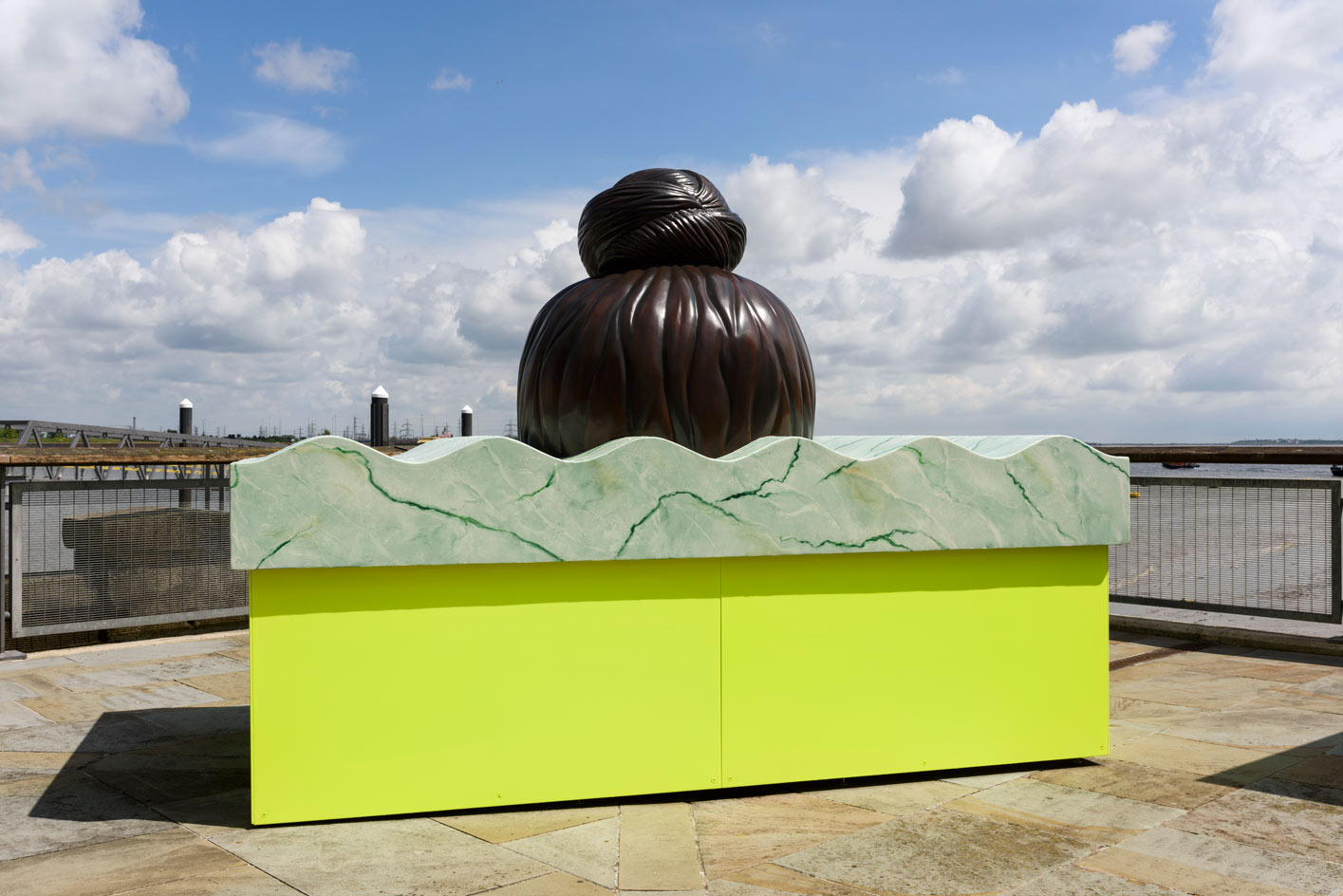
Jasleen Kaur, The first thing I did was to kiss the ground. A Waterfronts cocommission with Cement Fields in partnership with Estuary 2021. Led by Turner Contemporary and Visit Kent, England's Creative Coast runs until 12 November 2021. Photography: Thierry Bal
Jasleen Kaur intertwines the past with the present by layering social histories within the material and immaterial. Her refashioned objects are based on instinct and resourcefulness, national customs and a reconsidering of materiality and everyday routines. Kaur – who was brought up in a traditional Sikh household in Glasgow – focuses her work on the histories of migration to Gravesend. Her commission, The first thing I did was to kiss the ground, includes a sculpture of a head with hair tied up in a topknot protruding from waves made of marble. This is accompanied by a sound piece made in collaboration with Ain Bailey and Saheli women’s group. Kaur’s artistry highlights the importance of community groups as forces of resistance and alternative knowledge.
Artist: Mariana Castillo Deball Location: Eastbourne, East Sussex
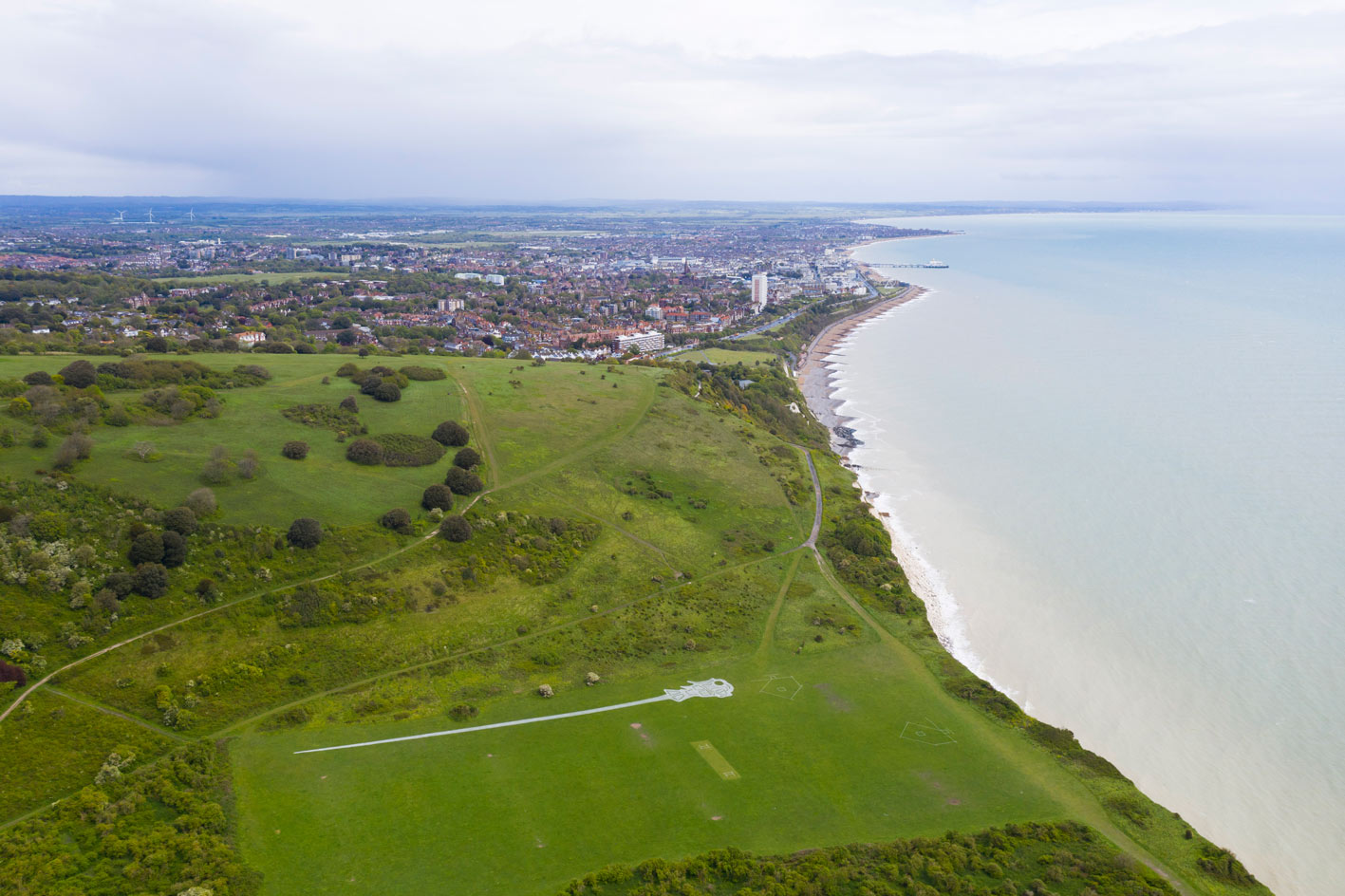
Mariana Castillo Deball, chalk geoglyph Waterfronts commission with Towner Eastbourne, Walking through the town I followed a pattern on the pavement that became the magnified silhouette of a woman’s profile. Led by Turner Contemporary and Visit Kent, England's Creative Coast runs until 12 November 2021. Video still: Modus
Mariana Castillo Deball’s chalk geoglyph began with the harrowing story of two women whose remains were found in Eastbourne. The artist converted their stories into a giant imaginary female character through imagery drawn on the floor and objects relating to the archaeological findings embedded on the concrete along the Eastbourne coast. As Deball describes: ‘Walking through the town I follow the pattern on the pavement that becomes the magnified silhouette of a woman’s profile’. Her kaleidoscopic approach explores the ideologically constructed conditions under which artefacts appear in contemporary culture.
Artist: Pilar Quinteros Location: Folkestone, Kent
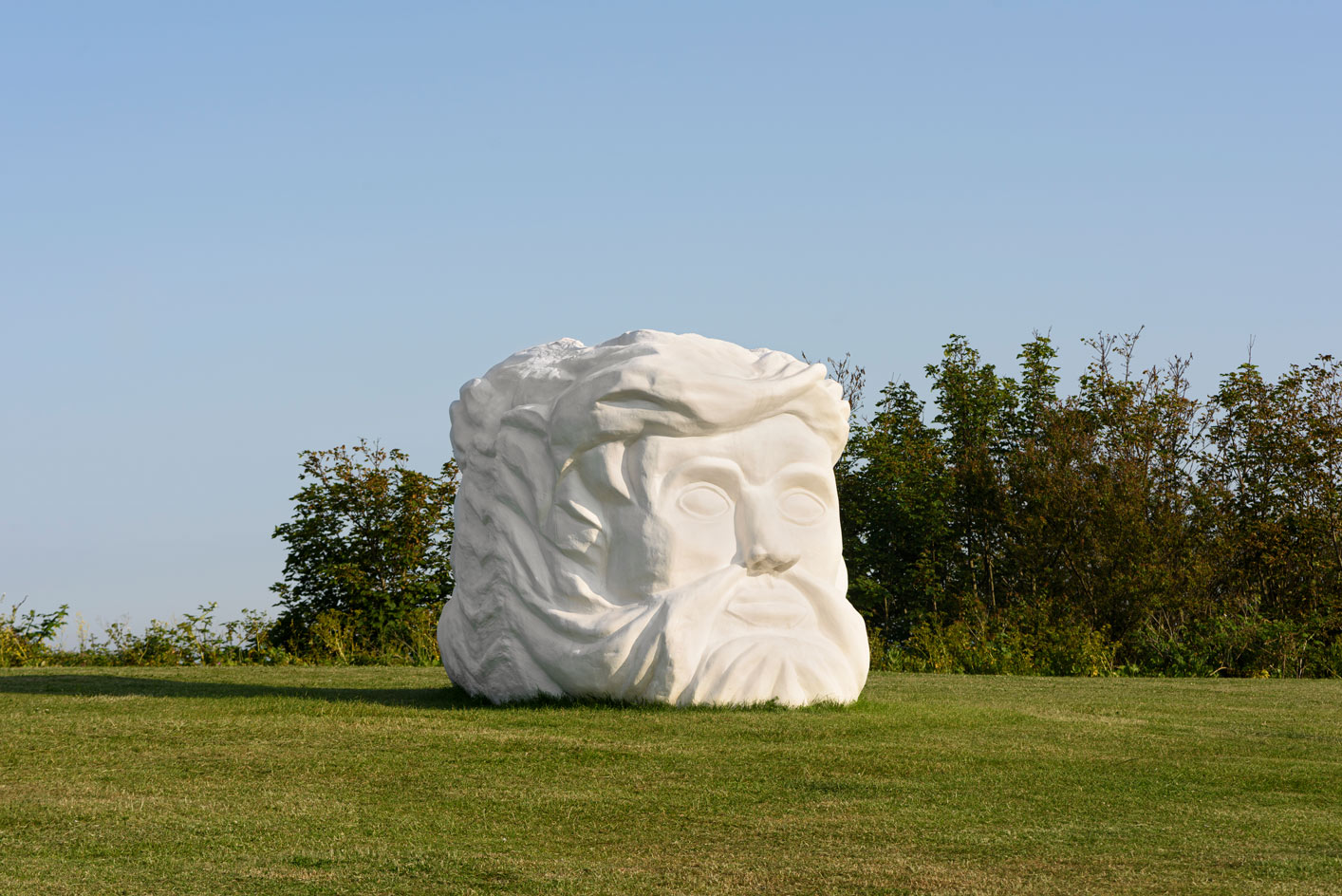
Janus Fortress Folkestone, Pilar Quinteros’s Waterfronts co-commission with Creative Folkestone. Led by Turner Contemporary and Visit Kent, England's Creative Coast runs until 12 November 2021. Photography: Thierry Bal
Influenced by Janus, the god of beginnings, endings and transitions in ancient Roman religion and myth, Pilar Quinteros’ new multifaceted work is located on the cliff-top overlooking the town. Quinteros’s sculpture, which presents two faces – one faced inland and the other gazing at the sea – embodies the duality of borders of looking outwards while protecting inwards, a rigid division the pandemic has exemplified. She said of the commission: ‘Folkestone makes me think of its history as an important border, as a place of simultaneous entries and exits. It is a precise place to think about the supposed opposites and what can be in the middle. Art, I think, opens that possibility.’
INFORMATION
Wallpaper* Newsletter
Receive our daily digest of inspiration, escapism and design stories from around the world direct to your inbox.
The England Creative Coast outdoor cultural experience runs until November 2021. englandscreativecoast.com
-
 Put these emerging artists on your radar
Put these emerging artists on your radarThis crop of six new talents is poised to shake up the art world. Get to know them now
By Tianna Williams
-
 Dining at Pyrá feels like a Mediterranean kiss on both cheeks
Dining at Pyrá feels like a Mediterranean kiss on both cheeksDesigned by House of Dré, this Lonsdale Road addition dishes up an enticing fusion of Greek and Spanish cooking
By Sofia de la Cruz
-
 Creased, crumpled: S/S 2025 menswear is about clothes that have ‘lived a life’
Creased, crumpled: S/S 2025 menswear is about clothes that have ‘lived a life’The S/S 2025 menswear collections see designers embrace the creased and the crumpled, conjuring a mood of laidback languor that ran through the season – captured here by photographer Steve Harnacke and stylist Nicola Neri for Wallpaper*
By Jack Moss
-
 Inside Jack Whitten’s contribution to American contemporary art
Inside Jack Whitten’s contribution to American contemporary artAs Jack Whitten exhibition ‘Speedchaser’ opens at Hauser & Wirth, London, and before a major retrospective at MoMA opens next year, we explore the American artist's impact
By Finn Blythe
-
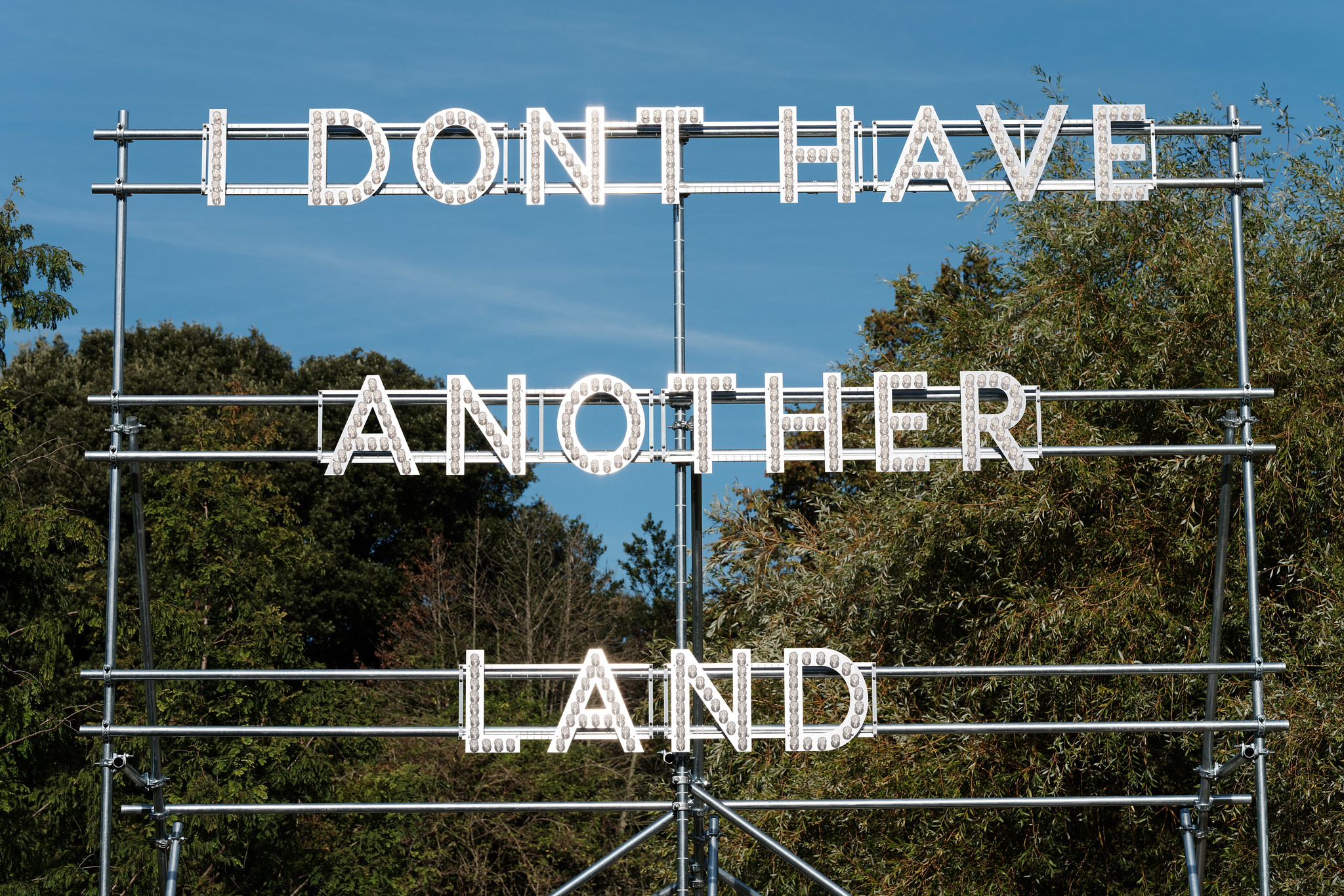 Frieze Sculpture takes over Regent’s Park
Frieze Sculpture takes over Regent’s ParkTwenty-two international artists turn the English gardens into a dream-like landscape and remind us of our inextricable connection to the natural world
By Smilian Cibic
-
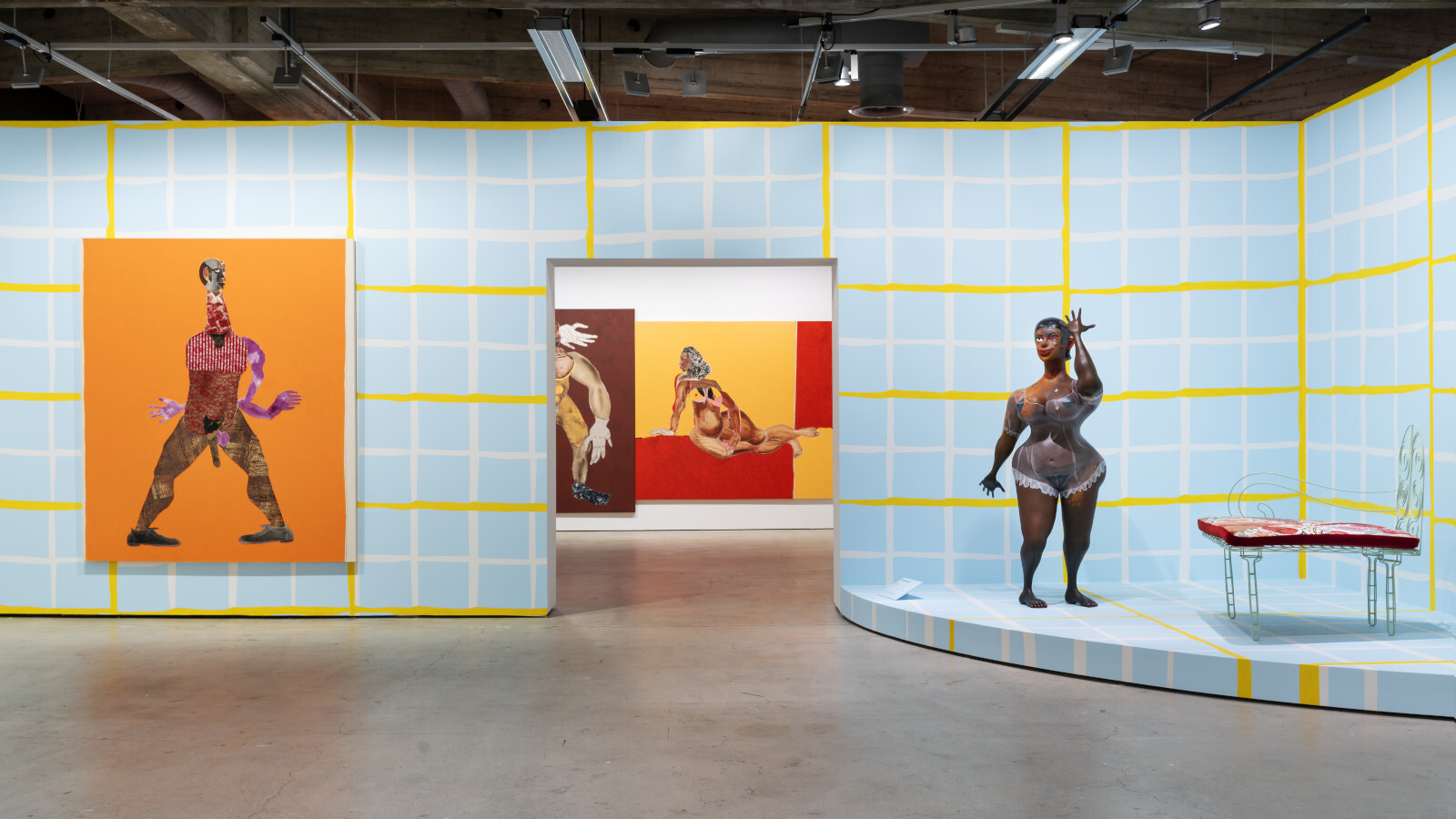 Harlem-born artist Tschabalala Self’s colourful ode to the landscape of her childhood
Harlem-born artist Tschabalala Self’s colourful ode to the landscape of her childhoodTschabalala Self’s new show at Finland's Espoo Museum of Modern Art evokes memories of her upbringing, in vibrant multi-dimensional vignettes
By Millen Brown-Ewens
-
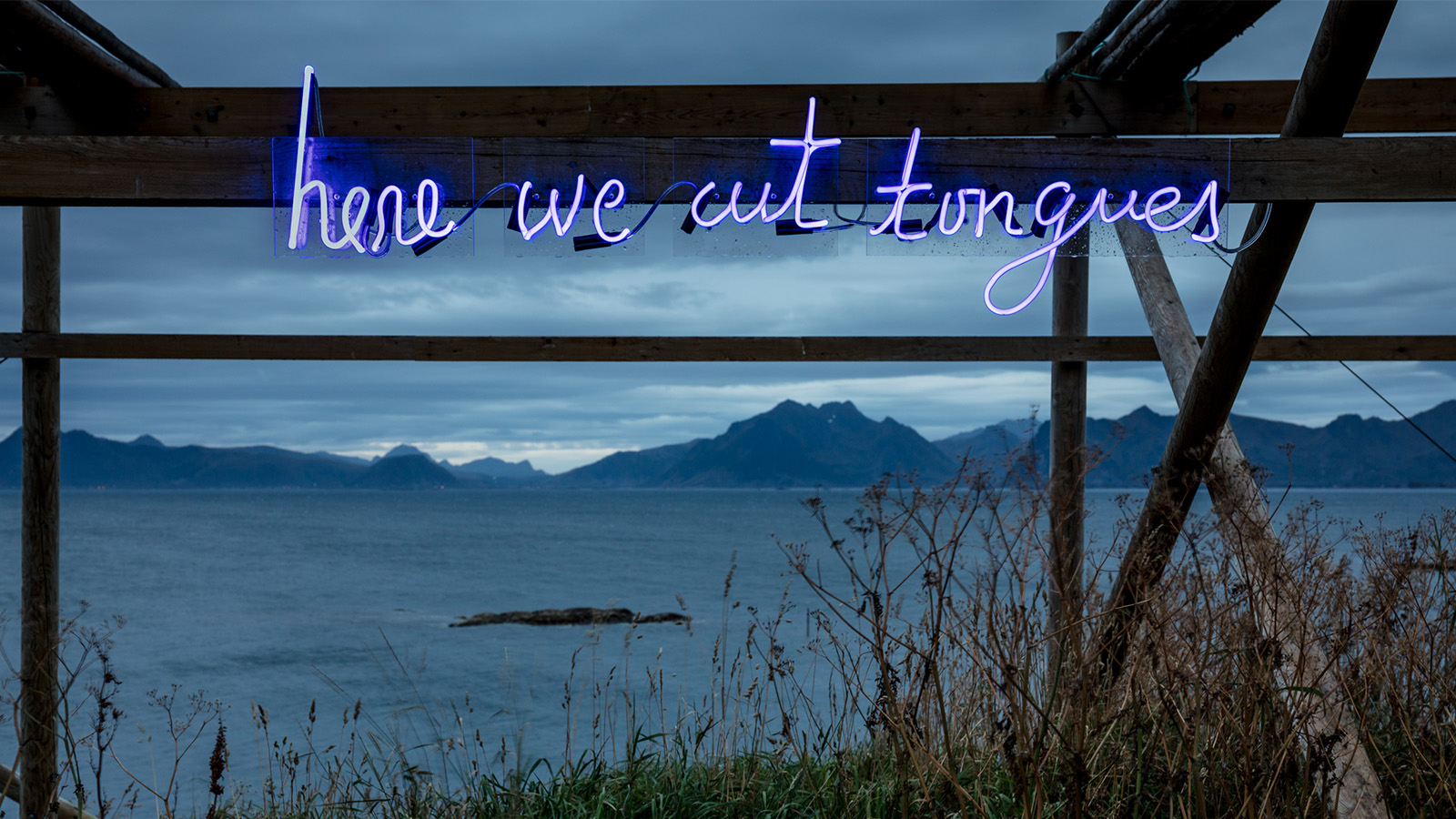 Wanås Konst sculpture park merges art and nature in Sweden
Wanås Konst sculpture park merges art and nature in SwedenWanås Konst’s latest exhibition, 'The Ocean in the Forest', unites land and sea with watery-inspired art in the park’s woodland setting
By Alice Godwin
-
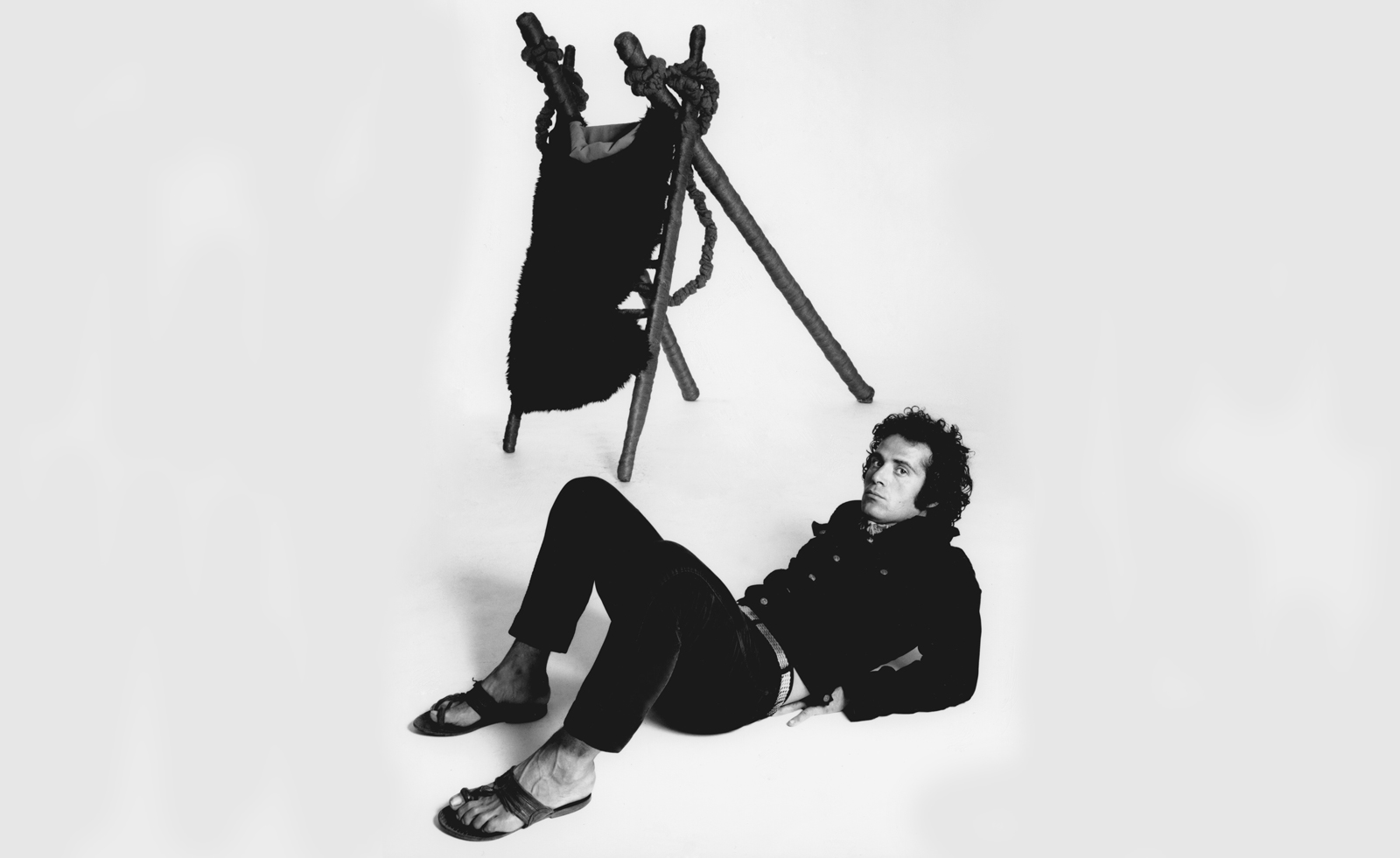 Pino Pascali’s brief and brilliant life celebrated at Fondazione Prada
Pino Pascali’s brief and brilliant life celebrated at Fondazione PradaMilan’s Fondazione Prada honours Italian artist Pino Pascali, dedicating four of its expansive main show spaces to an exhibition of his work
By Kasia Maciejowska
-
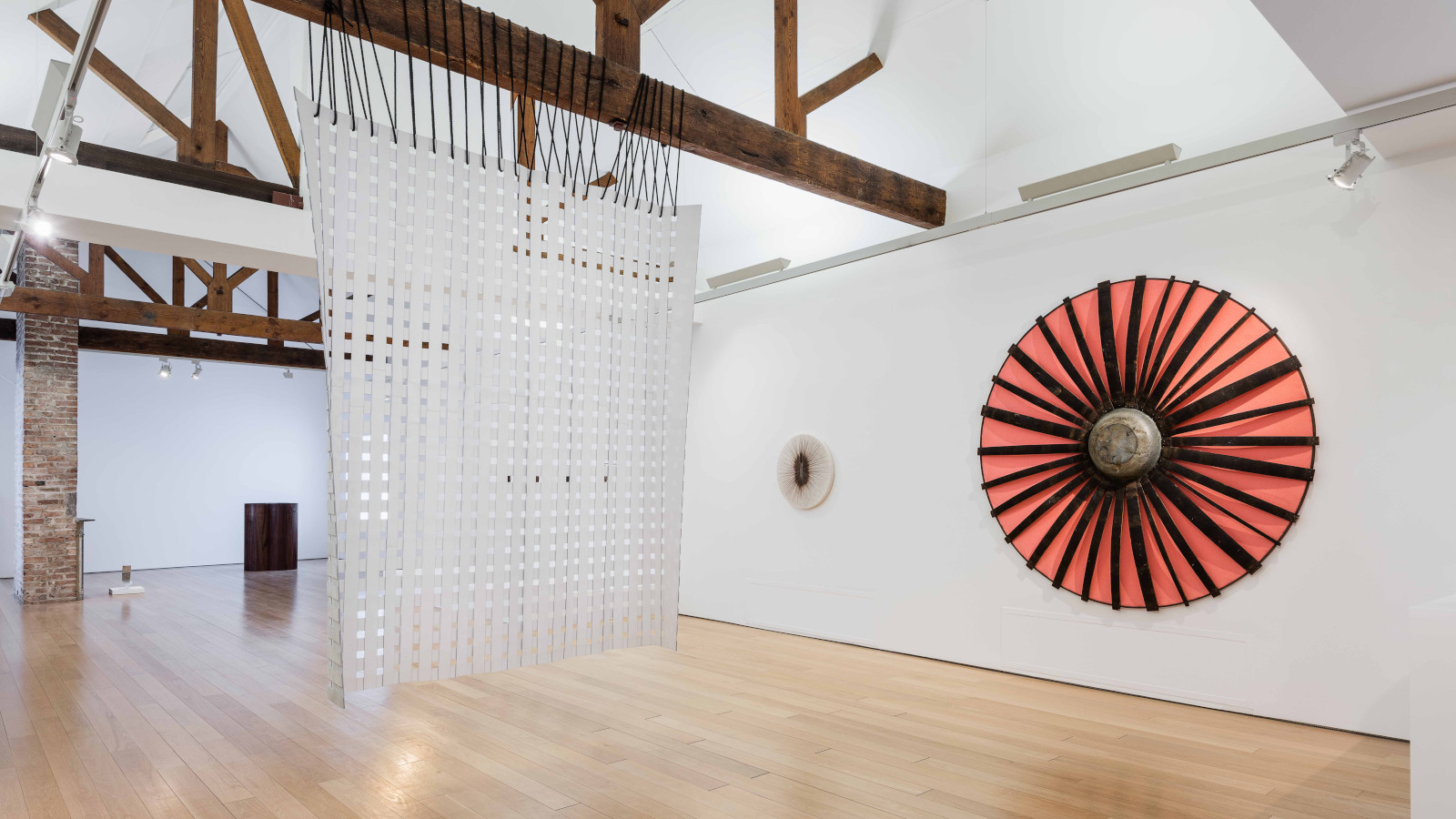 John Cage’s ‘now moments’ inspire Lismore Castle Arts’ group show
John Cage’s ‘now moments’ inspire Lismore Castle Arts’ group showLismore Castle Arts’ ‘Each now, is the time, the space’ takes its title from John Cage, and sees four artists embrace the moment through sculpture and found objects
By Amah-Rose Abrams
-
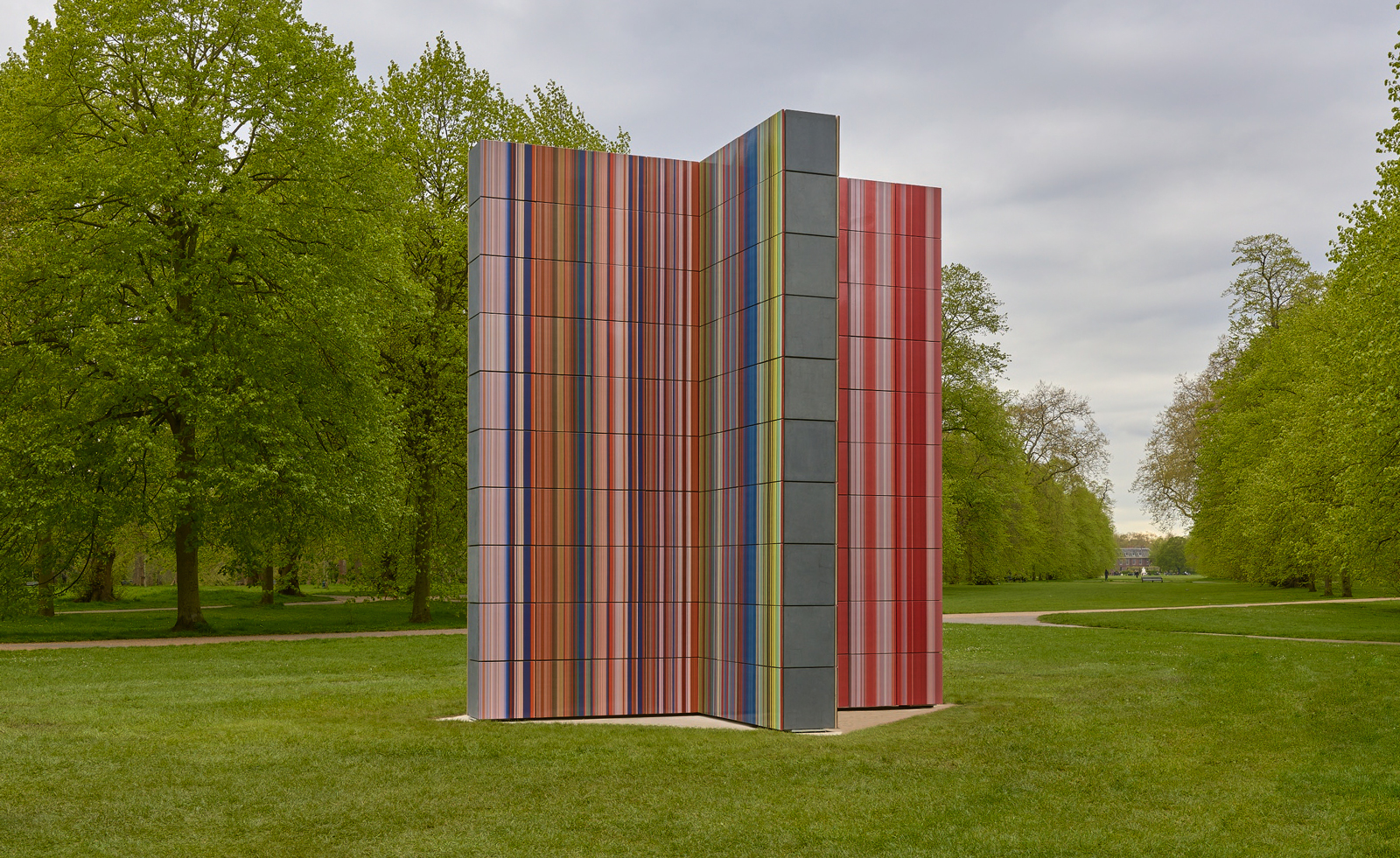 Gerhard Richter unveils new sculpture at Serpentine South
Gerhard Richter unveils new sculpture at Serpentine SouthGerhard Richter revisits themes of pattern and repetition in ‘Strip-Tower’ at London’s Serpentine South
By Hannah Silver
-
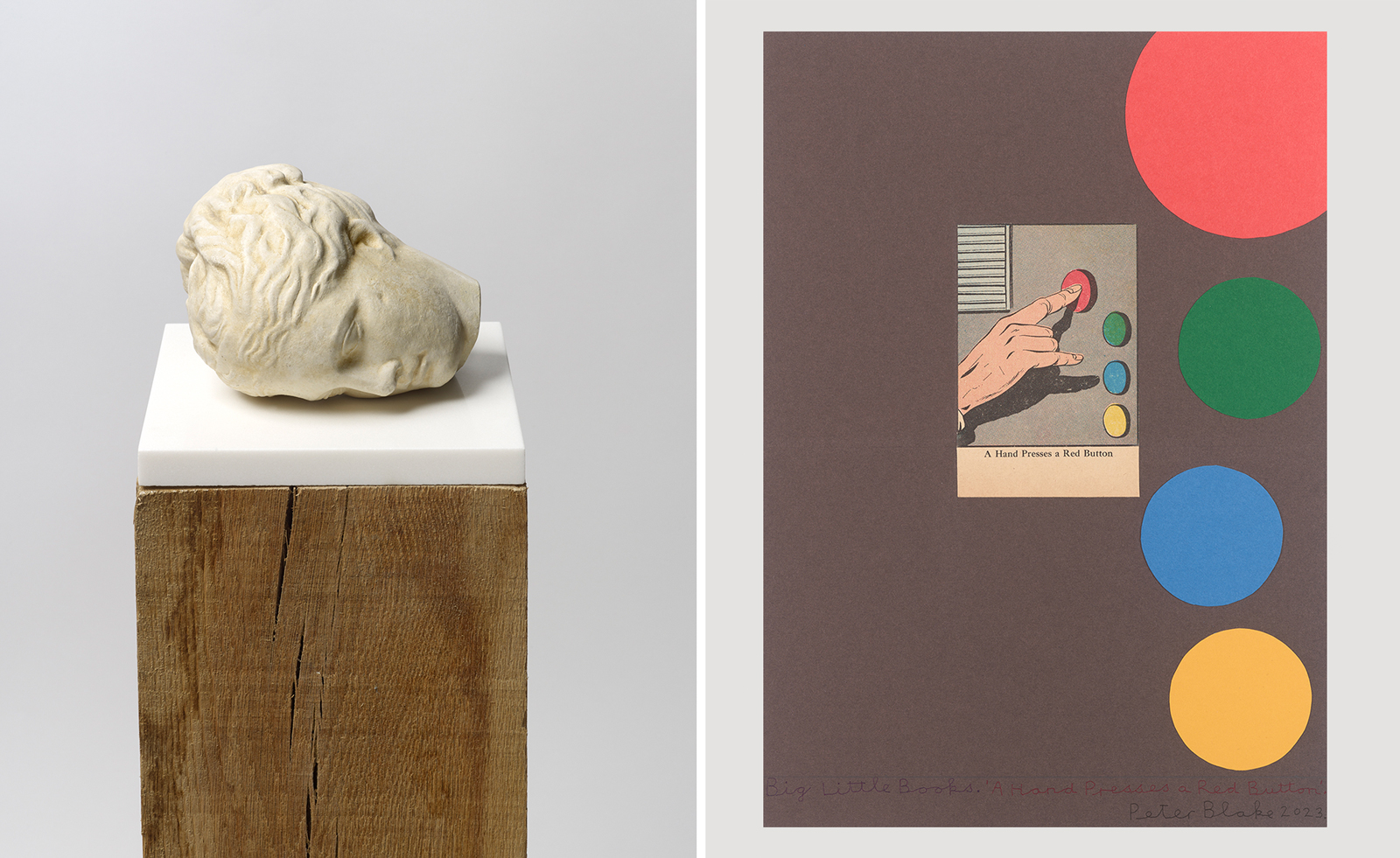 Peter Blake’s sculptures spark joy at Waddington Custot in London
Peter Blake’s sculptures spark joy at Waddington Custot in London‘Peter Blake: Sculpture and Other Matters’, at London's Waddington Custot, spans six decades of the artist's career
By Hannah Silver